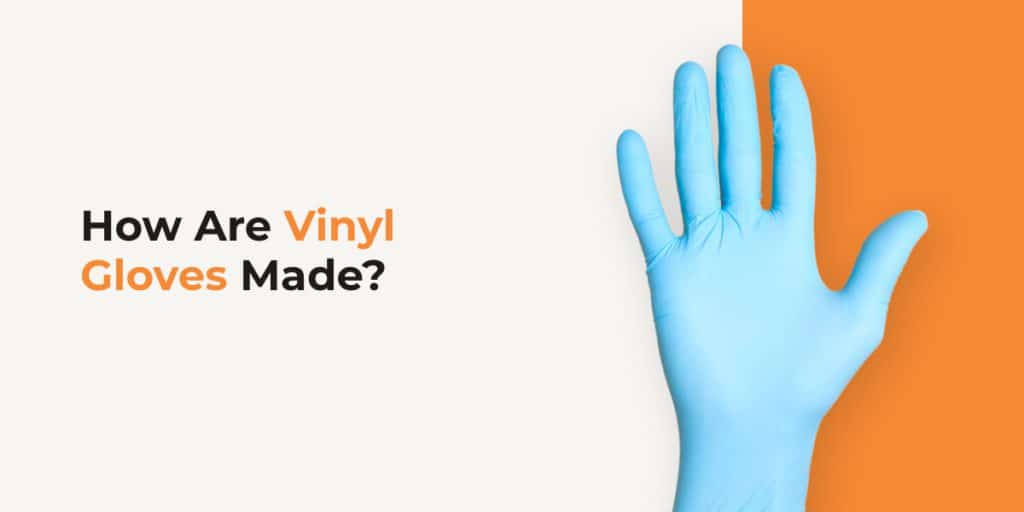
How Are Vinyl Gloves Made?
Vinyl gloves consist of a synthetic material, which has some properties of latex or rubber but does not trigger allergies in the same way. Vinyl gloves also do not rely on the global supply of rubber, a natural material. This aspect can make them more affordable.
SUNLINE Supply has various gloves for medical settings, food services, janitorial work and other uses. We are careful to source our personal protective equipment only from trusted manufacturers, and we ship directly to you.
What Are Vinyl Gloves Made From?
Vinyl gloves contain polyvinyl chloride (PVC) monomers. PVC consists of vinyl chloride or chloroethylene, which itself can be made by using a copper catalyst to react ethylene with oxygen. When vinyl chloride is subjected to free-radical initiators, chemists can create PVC. PVC is a highly versatile material and can be made into hard surfaces, such as pipes, and soft items like coated fabrics.
To make gloves, the synthetic substance PVC is processed, and a plasticizer chemical is added to make the vinyl flexible. Polyvinyl chloride is an inexpensive material, and the process for making vinyl gloves is simple. These qualities allow vinyl gloves to be affordable, making them the ideal solution for any setting where frequent glove changes are needed.
How Do You Make Vinyl Gloves?
The manufacturing process of vinyl gloves begins with hand-shaped molds. These molds are cleaned so there is no debris on them from the previous batch of gloves. Then, they are dried and coated in calcium carbonate and calcium nitrate to help the PVC adhere to the molds. The molds are dried again and then dipped in a vat of liquid PVC.
The thin layer of PVC is then allowed to dry before the gloves are removed from the molds, usually by hand. Additional treatments may be needed to coat the gloves or stamp them with a logo.
How Vinyl Gloves Are Tested
Since vinyl gloves are used in medical settings, they are carefully tested according to American Society for Testing and Materials (ATSM) standards. In one test, gloves are filled with water and allowed to hang upside down for two minutes to see whether there are any leaks. Each batch of gloves must go through such tests. Additionally, medical-grade gloves must undergo more tests than industrial-grade versions.
Manufacturers are given acceptable quality limits (AQLs). These percentages indicate how many gloves must pass the test. If the AQL for an application or specified use is 2%, for example, a batch of gloves must have less than 2% of gloves fail to pass this quality standard.
Once the tests are complete, manufacturers must package the gloves or have them placed in packaging materials for sale and transport.
Buy Your Vinyl Gloves Online Today
Buying quality vinyl gloves is simple with SUNLINE Supply. We have a range of gloves and PPE for every application, from medical use to industrial plants and more. Order quickly online and have your purchase shipped directly to you. Simply browse our offerings today to start.

